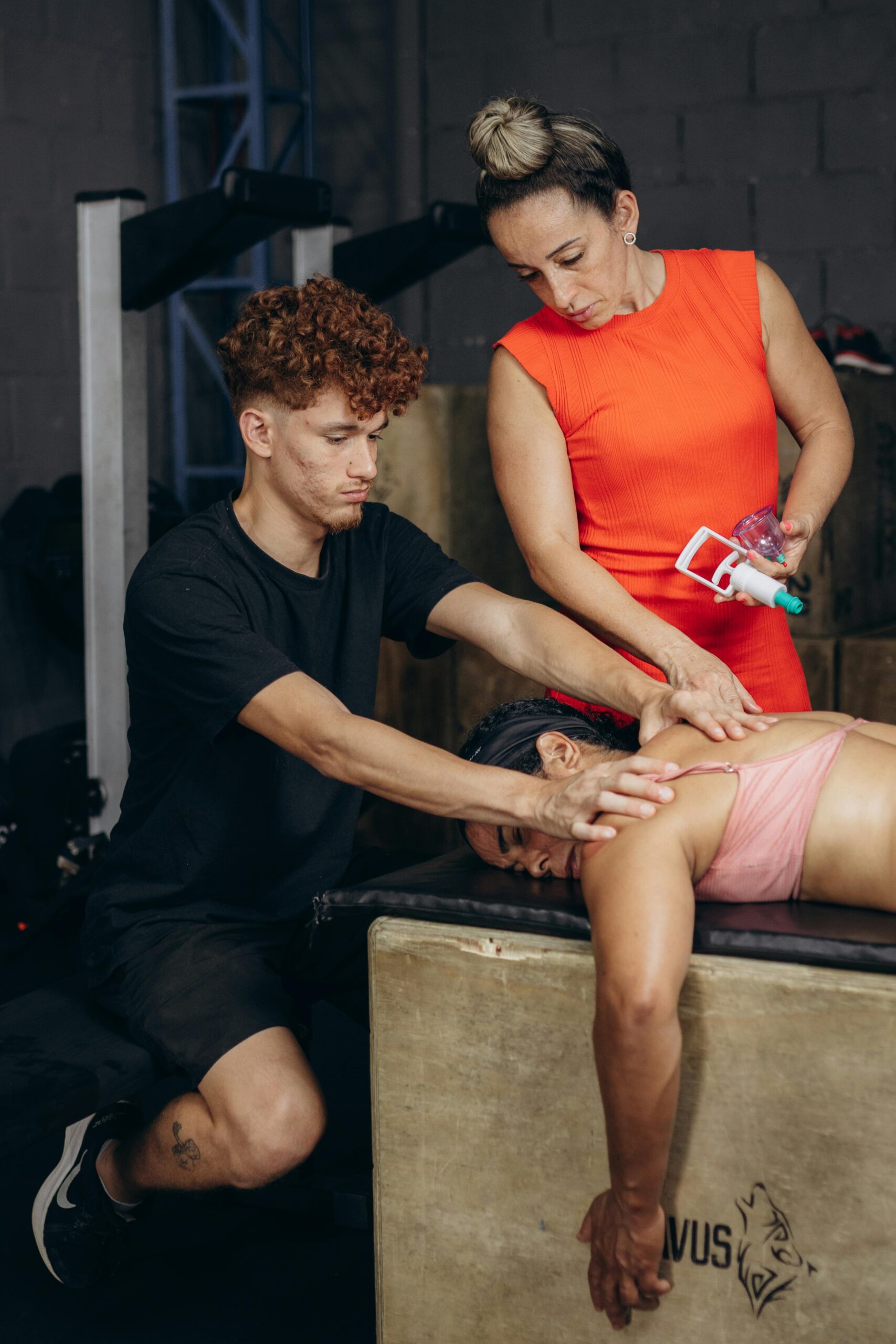Introduction
Recovery and mobility exercises play a crucial role in maintaining overall physical health and enhancing athletic performance. These exercises are designed not only to help the body heal after intense physical activity but also to improve joint flexibility, muscle elasticity, and movement efficiency. Understanding how to incorporate recovery and mobility exercises into a regular routine can prevent injuries, reduce muscle soreness, and contribute to long-term wellness. In this article, we will explore the science behind recovery, the key principles of mobility training, and practical exercises that optimize both recovery and joint health. Whether you are an athlete, a fitness enthusiast, or simply someone looking to improve your everyday movement, developing a solid foundation in recovery and mobility is essential for sustained physical vitality.
The Science of Recovery: Why It Matters
Recovery is a complex biological process where the body repairs tissues damaged during physical exertion. Muscle fibers undergo microtears during exercise, and recovery allows these fibers to rebuild stronger. Without proper recovery, the risk of overtraining, fatigue, and injury increases significantly. Physiologically, recovery includes reducing inflammation, replenishing energy stores like glycogen, and restoring hormonal balance. Techniques such as active recovery, rest days, hydration, and nutrition impact the quality of recovery. Importantly, recovery is not passive; it requires intentional actions to promote healing. Understanding these mechanisms helps us appreciate why recovery exercises target circulation, muscle elongation, and neuromuscular relaxation to accelerate the body’s natural repair.
Mobility vs. Flexibility: Understanding the Difference
While often used interchangeably, mobility and flexibility address different aspects of movement. Flexibility refers to the ability of muscles and tendons to lengthen, whereas mobility is the range of motion available at a joint, influenced by muscles, connective tissue, and neurological control. Mobility is fundamental for functional movements and injury prevention because it encompasses the control and strength required to move through that range effectively. For example, an individual might have flexible hamstrings but poor hip mobility, limiting their squat technique. Mobility training integrates stretching with dynamic movements and stability exercises to enhance joint mechanics, promoting balanced and efficient motion patterns.
Active Recovery Techniques to Enhance Circulation
Active recovery involves low-intensity movements that stimulate blood flow without causing additional muscle damage. These exercises are critical in accelerating metabolite clearance, such as lactic acid, from muscles, thereby reducing soreness and stiffness. Examples include light cycling, swimming, or bodyweight movements such as walking lunges and gentle yoga flows. Incorporating foam rolling or myofascial release alongside active recovery further targets muscle knots and tension. This approach not only improves circulation but also primes the neuromuscular system for upcoming workouts, balancing rest with gentle stimulation to facilitate optimal tissue repair and readiness.
Joint Mobility Exercises for Lasting Health
Joint mobility exercises focus on improving synovial fluid movement within the joint capsules, minimizing stiffness and enhancing lubrication. These exercises emphasize controlled, dynamic movements through a joint’s full range, often incorporating rotational or multi-planar actions. Examples include hip circles, shoulder rolls, and ankle pumps. Regularly performing mobility exercises helps maintain cartilage health, prevents degenerative joint conditions, and supports balance and coordination. Integrating these exercises post-workout or within daily routines can significantly improve movement patterns and reduce discomfort caused by sedentary habits or repetitive strain.
Integrating Recovery and Mobility into Your Routine
Creating an effective plan that balances recovery and mobility requires intentional scheduling and progressive overload management. Starting with a baseline assessment to identify movement restrictions or persistent soreness is essential. From there, incorporating mobility exercises before workouts can prepare joints and muscles, reducing injury risk. Active recovery sessions, especially on rest days, promote ongoing healing without sacrificing fitness gains. Consistency is key—small daily mobility drills combined with regular recovery practices like stretching, hydration, and adequate sleep compound over time, fostering resilience. Tailoring this approach to individual needs ensures that both recovery and mobility become sustainable pillars of a healthy lifestyle.
Conclusions
Recovery and mobility exercises are intertwined elements vital to physical health, injury prevention, and performance enhancement. By understanding the science behind recovery and the distinction between mobility and flexibility, individuals can better appreciate their body’s needs during and after exercise. Active recovery techniques promote efficient circulation and reduce muscle soreness, while joint mobility exercises ensure healthy, well-lubricated joints capable of smooth, full-range movements. Integrating these practices methodically into daily routines supports long-term musculoskeletal health and functional movement. Ultimately, prioritizing both recovery and mobility empowers individuals to move better, feel stronger, and maintain an active life with reduced risk of injury.
